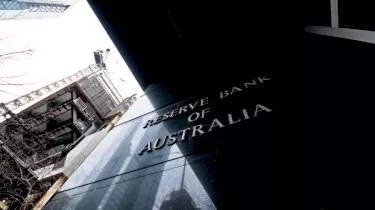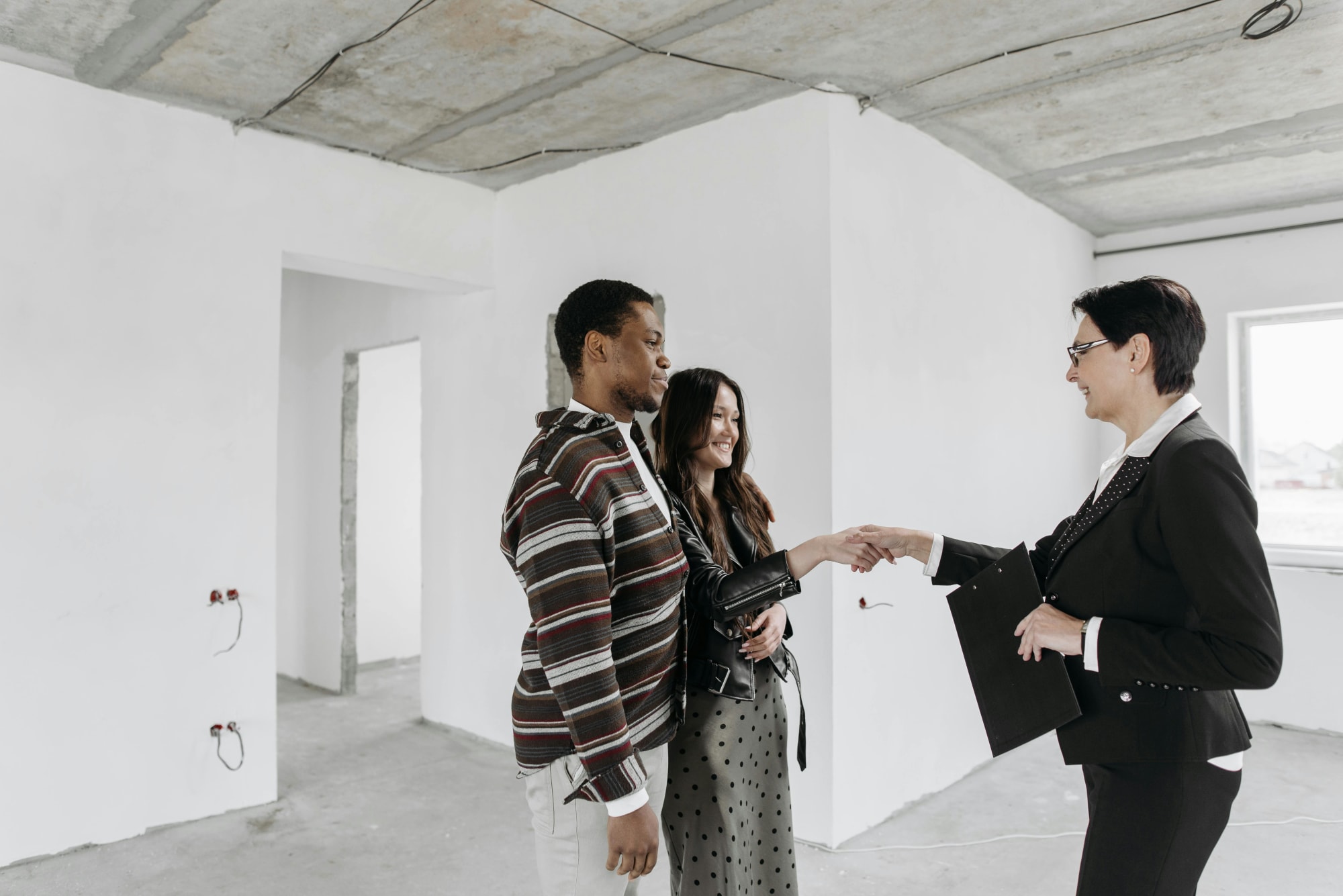Invest
Property prices boosted by housing policies: RBA
The central bank has outlined the “pervasive” impact that policy has on property.
Property prices boosted by housing policies: RBA
Reserve Bank (RBA) assistant governor Luci Ellis has reviewed the state of Australia’s property market as the country enters the endemic stage of the COVID-19 virus.
In an address to the Urban Development Institute of Australia on Tuesday, Ms Ellis drew attention to the significant impact policies such as the government’s HomeBuilder grant have had on the market.
“Whether it's time-limited subsidies bunching demand and boosting prices, or the interplay between low yields globally and rental yields locally, policy can have pervasive effects on housing outcomes,” she said.
Policy is particularly impactful over the short term, Ms Ellis explained, with the boost to demand driven by HomeBuilder and other temporary measures set to dissipate moving forward.

“As interest rates increase, the boost to demand from the current low interest rates will also wane. And the shifts in demand stemming from the pandemic will have worked their way through,” she added.
According to recent data, since the outset of the pandemic, the average household size has fallen and the proportion of Australians living in shared housing has remained low, resulting in increased demand.
“This helps explain why rental vacancy rates quickly returned to low levels even though the international border was closed and population growth declined to be close to zero,” Ms Ellis noted.
“Roughly speaking, the decline in population growth meant that there were up to 200,000 households that didn't arrive in Australia over the past two years, who would have done so if population growth had stayed where it was before the pandemic. But the decline in the average size of households that were already here broadly offset this.”
Shifting preferences and the rise of working from home have translated into an increased desire for more space while the importance of location has somewhat decreased.
“The relative premium paid to be closer to the city centre - both in rents and purchase prices - narrowed during the pandemic,” said Ms Ellis.
“Housing prices increased over the two years to April this year across almost all neighbourhoods in the major cities. However, in general, price increases were stronger in the outer suburbs than in inner-urban regions. The premium for being close to the centre remains, but it is much smaller now and is closer to the premium for being in a middle-ring suburb.”
However, Ms Elllis said that it is currently unclear whether these trends will persist over the longer term.
“The desire for more space further from the office might wane over time as the memories of lockdown start to fade,” she suggested.
“Not everyone who sought a ‘tree change’ in the regions will find that to be the right choice in the long term. More importantly, many of the shifts of population between locations were less a change in people's decisions than a simple interruption of the normal flows.
On the outlook for residential construction, Ms Ellis said that the temporary surge in building approvals for detached homes and renovations linked to HomeBuilder and other time-limited subsidies was expected to begin to fade.
But in the meantime, the construction industry appears to be operating at capacity, according to the RBA.
“Our expectation is that construction of new homes will remain solid for the next couple of years. The housing stock will therefore continue to expand as a result,” Ms Ellis said.
“We expect it will expand at rates similar to the first decade of this century, but not as much as during the boom in apartment building in the second half of the 2010s. This is likely to still be enough to keep the housing stock growing faster than the population.”
Australia is set for another new housing policy following Anthony Albanese’s victory in the federal election. During the pre-election campaign, Labor pitched a Help to Buy scheme in a bid to assist more Aussies into the market.

Property
Australia’s mortgage knife‑fight: investors, first‑home buyers and the new rules of lender competition
The mortgage market is staying hot even as rate relief remains elusive, with investors and first‑home buyers chasing scarce stock and lenders fighting for share on price, speed and digital experienceRead more

Property
Breaking Australia’s three‑property ceiling: the finance‑first playbook for scalable portfolios
Most Australian investors don’t stall at three properties because they run out of ambition — they run out of borrowing capacity. The ceiling is a finance constraint disguised as an asset problem. The ...Read more

Property
Gen Z's secret weapon: Why their homebuying spree could flip Australia's housing market
A surprising share of younger Australians are preparing to buy despite affordability headwinds. One in three Gen Z Australians intend to purchase within a few years and 32 per cent say escaping rent ...Read more

Property
Tasmania’s pet-positive pivot: What landlords, BTR operators and insurers need to do now
Tasmania will soon require landlords to allow pets unless they can prove a valid reason to refuse. This is more than a tenancy tweak; it is a structural signal that the balance of power in rental ...Read more

Property
NSW underquoting crackdown: the compliance reset creating both cost and competitive edge
NSW is moving to sharply increase penalties for misleading price guides, including fines linked to agent commissions and maximum penalties up to $110,000. Behind the headlines sits a more ...Read more

Property
ANZ’s mortgage growth, profit slump: why volume without margin won’t pay the dividends
ANZ lifted home-lending volumes, yet profits fell under the weight of regulatory and restructuring costs—an object lesson in the futility of growth that doesn’t convert to margin and productivityRead more

Property
Rate pause, busy summer: where smart capital wins in Australia’s property market
With the Reserve Bank holding rates steady, the summer selling season arrives with rare predictability. Liquidity will lift, serviceability stops getting worse, and sentiment stabilises. The ...Read more

Property
The 2026 Suburb Thesis: A case study in turning trend lists into investable strategy
A new crop of ‘suburbs to watch’ is hitting headlines, but translating shortlist hype into bottom-line results requires more than a map and a mood. This case study shows how a disciplined, data-led ...Read more

Property
Australia’s mortgage knife‑fight: investors, first‑home buyers and the new rules of lender competition
The mortgage market is staying hot even as rate relief remains elusive, with investors and first‑home buyers chasing scarce stock and lenders fighting for share on price, speed and digital experienceRead more

Property
Breaking Australia’s three‑property ceiling: the finance‑first playbook for scalable portfolios
Most Australian investors don’t stall at three properties because they run out of ambition — they run out of borrowing capacity. The ceiling is a finance constraint disguised as an asset problem. The ...Read more

Property
Gen Z's secret weapon: Why their homebuying spree could flip Australia's housing market
A surprising share of younger Australians are preparing to buy despite affordability headwinds. One in three Gen Z Australians intend to purchase within a few years and 32 per cent say escaping rent ...Read more

Property
Tasmania’s pet-positive pivot: What landlords, BTR operators and insurers need to do now
Tasmania will soon require landlords to allow pets unless they can prove a valid reason to refuse. This is more than a tenancy tweak; it is a structural signal that the balance of power in rental ...Read more

Property
NSW underquoting crackdown: the compliance reset creating both cost and competitive edge
NSW is moving to sharply increase penalties for misleading price guides, including fines linked to agent commissions and maximum penalties up to $110,000. Behind the headlines sits a more ...Read more

Property
ANZ’s mortgage growth, profit slump: why volume without margin won’t pay the dividends
ANZ lifted home-lending volumes, yet profits fell under the weight of regulatory and restructuring costs—an object lesson in the futility of growth that doesn’t convert to margin and productivityRead more

Property
Rate pause, busy summer: where smart capital wins in Australia’s property market
With the Reserve Bank holding rates steady, the summer selling season arrives with rare predictability. Liquidity will lift, serviceability stops getting worse, and sentiment stabilises. The ...Read more

Property
The 2026 Suburb Thesis: A case study in turning trend lists into investable strategy
A new crop of ‘suburbs to watch’ is hitting headlines, but translating shortlist hype into bottom-line results requires more than a map and a mood. This case study shows how a disciplined, data-led ...Read more









